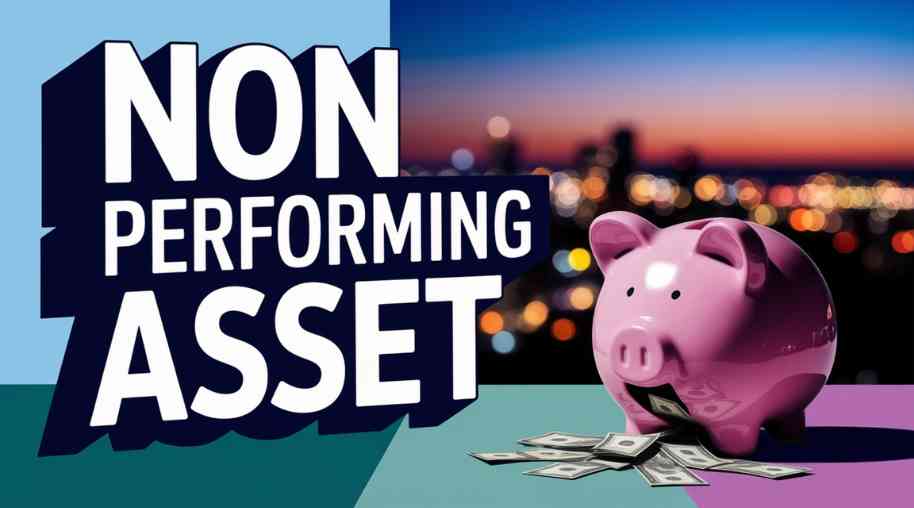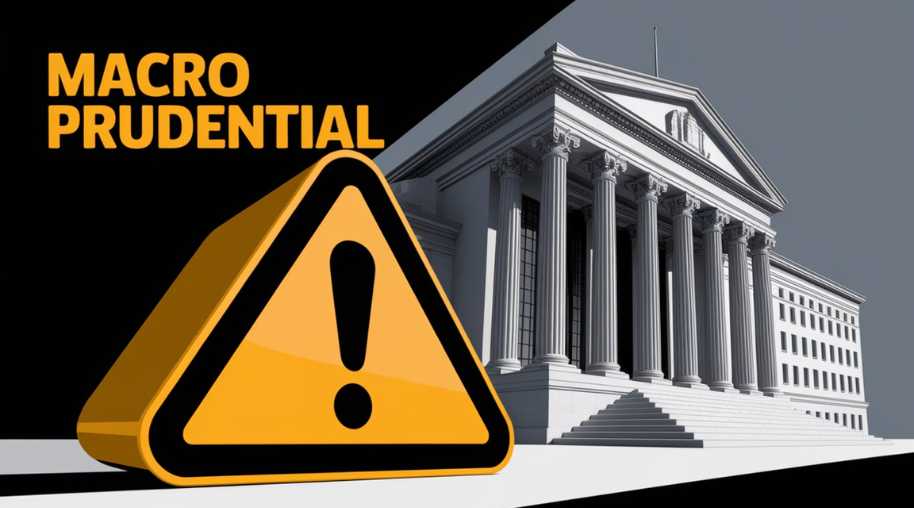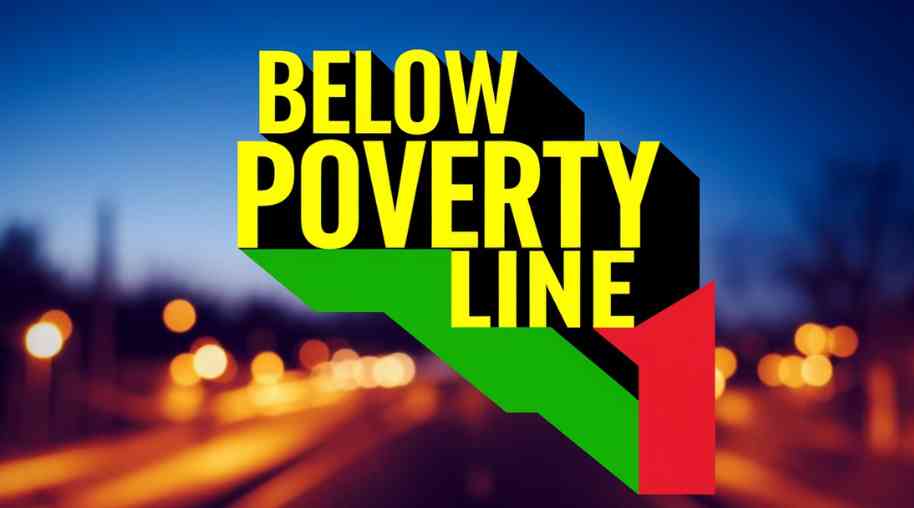NPA Full Form Non Performing Asset
by Shashi Gaherwar
0 1801
Understanding Non-Performing Assets (NPAs): Causes, Impact, and Solutions for a Healthier Banking Sector
In any economy, the banking sector plays a pivotal role in maintaining financial stability and fueling growth. However, one of the persistent threats to the health of banks is the accumulation of Non-Performing Assets (NPAs). An increase in NPAs can cripple the lending capacity of banks, reduce investor confidence, and ultimately impact the economy at large. This article provides a detailed overview of what NPAs are, why they occur, how they affect banks, and strategies to tackle them.

What is a Non-Performing Asset (NPA)?
A Non-Performing Asset (NPA) is a loan or advance where the borrower fails to make scheduled payments of interest or principal for a period of 90 days or more. In simpler terms, it is a loan that stops generating income for the lender.
NPAs are categorized as:
- Substandard Assets: Loans overdue for less than or equal to 12 months.
- Doubtful Assets: Assets that have remained in the substandard category for more than 12 months.
- Loss Assets: Assets that are considered uncollectible and of little value.
Causes of NPAs
Several factors contribute to the rising levels of NPAs in the banking sector. These include:
- Poor Credit Appraisal
- Loans issued without thorough due diligence or proper assessment of the borrower's ability to repay often turn bad.
- Economic Slowdown
- A downturn in the economy affects the cash flow of businesses and individuals, making it harder for them to meet loan obligations.
- Willful Defaults
- Some borrowers, despite having the capacity to repay, deliberately choose not to, thereby increasing bad loans.
- Natural Calamities
- Events like floods, droughts, or pandemics can severely impact agriculture and small businesses, leading to loan defaults.
- Policy Paralysis and Regulatory Delays
- Delays in project approvals, land acquisition, or changes in government policy can lead to stalled projects and defaulted loans.
Impact of NPAs on the Banking Sector
The consequences of mounting NPAs are significant and far-reaching:
- Reduced Profitability
- Banks earn from the interest on loans. NPAs, being non-earning assets, cut into this income.
- Provisioning Requirements
- Banks must set aside capital to cover potential losses from NPAs. This limits their ability to lend and invest.
- Declining Investor Confidence
- High NPA levels negatively affect the share prices of banks and deter investors.
- Liquidity Crisis
- NPAs reduce the overall liquidity in the banking system, limiting growth in credit and investment.
- Credit Crunch
- With rising NPAs, banks become risk-averse and reduce lending, especially to sectors perceived as risky.
Solutions and Strategies to Tackle NPAs
Combating NPAs requires a multi-pronged approach involving legal, institutional, and strategic reforms.
- Strengthening Credit Appraisal
- Banks should adopt rigorous credit risk assessment practices before approving loans, especially for large corporate borrowers.
- Early Warning Systems
- Banks need to identify stress signals in loan accounts early and take corrective actions before the loan turns bad.
- Recovery Through SARFAESI Act
- The SARFAESI Act allows banks to seize and sell assets pledged as collateral without court intervention.
- Insolvency and Bankruptcy Code (IBC)
- Introduced in 2016, the IBC offers a time-bound resolution mechanism for distressed assets and has improved recovery rates for banks.
- Asset Reconstruction Companies (ARCs)
- ARCs buy bad loans from banks at a discount and try to recover them through restructuring or legal measures.
- Bad Bank Mechanism
- The formation of a “bad bank” like the National Asset Reconstruction Company Limited (NARCL) is aimed at offloading NPAs from public sector banks, cleaning up their balance sheets.
- Improving Governance and Accountability
- Holding bank officials accountable for reckless lending can reduce incidences of NPAs in the future.
Global Perspective on NPAs
While NPAs are a global issue, the magnitude varies. In countries like the U.S. or the U.K., strict credit appraisal norms and quick enforcement laws keep bad loans in check. India and other emerging economies have faced higher NPA levels, particularly in public sector banks. However, recent reforms like IBC and improved regulatory oversight have started to show positive results.
Non-Performing Assets are a critical issue that needs consistent monitoring and proactive measures. While complete eradication of NPAs is not possible in any lending system, a well-regulated, transparent, and responsive framework can minimize their occurrence and impact. A robust banking sector, free from the weight of bad loans, is essential for economic resilience and long-term growth.
Further Learning Resources
If you’re passionate about building a successful blogging website, check out this helpful guide at Coding Tag – How to Start a Successful Blog. It offers practical steps and expert tips to kickstart your blogging journey!
For dedicated UPSC exam preparation, we highly recommend visiting www.iasmania.com. It offers well-structured resources, current affairs, and subject-wise notes tailored specifically for aspirants. Start your journey today!

Share:








Comments
Waiting for your comments